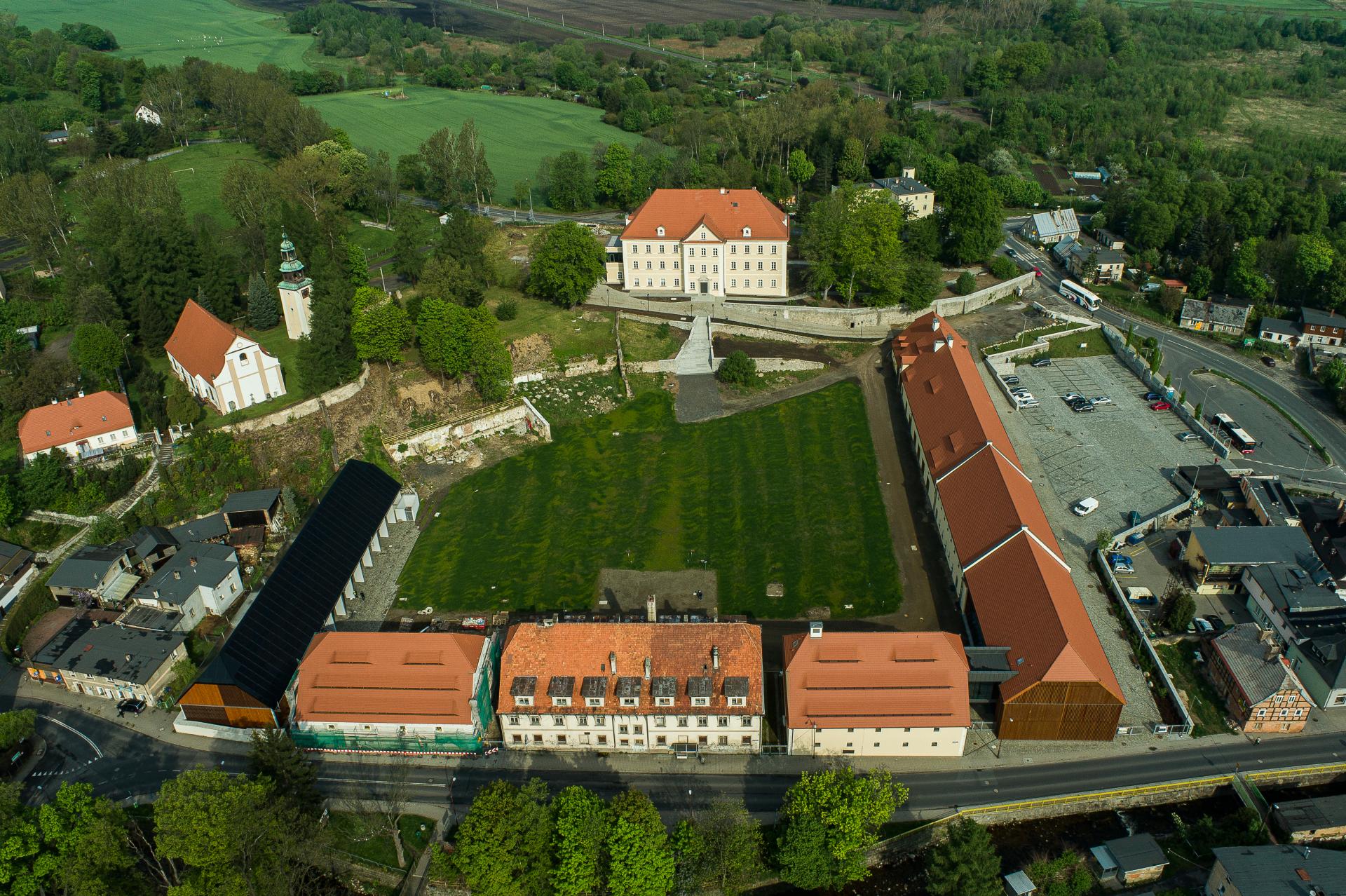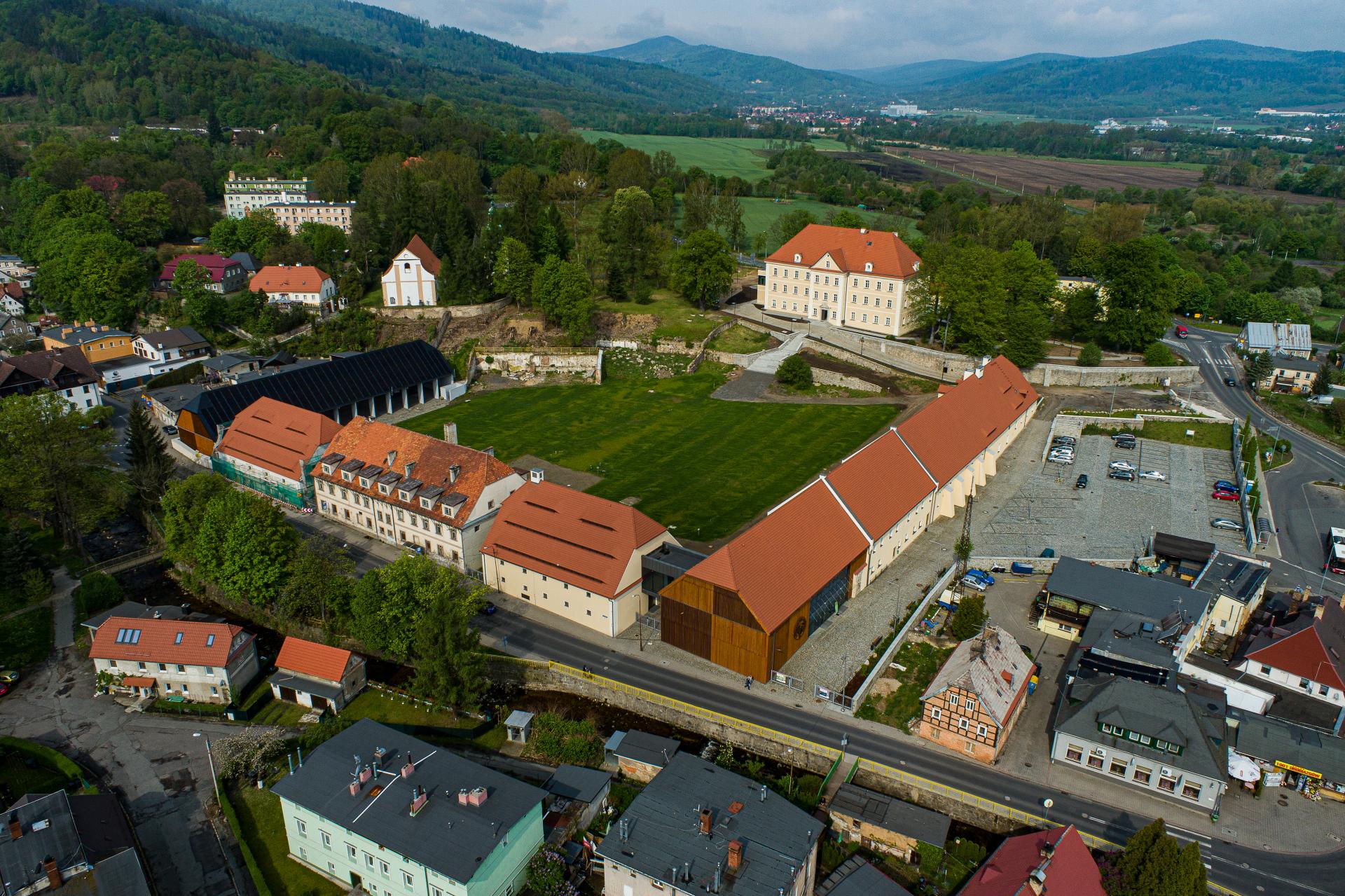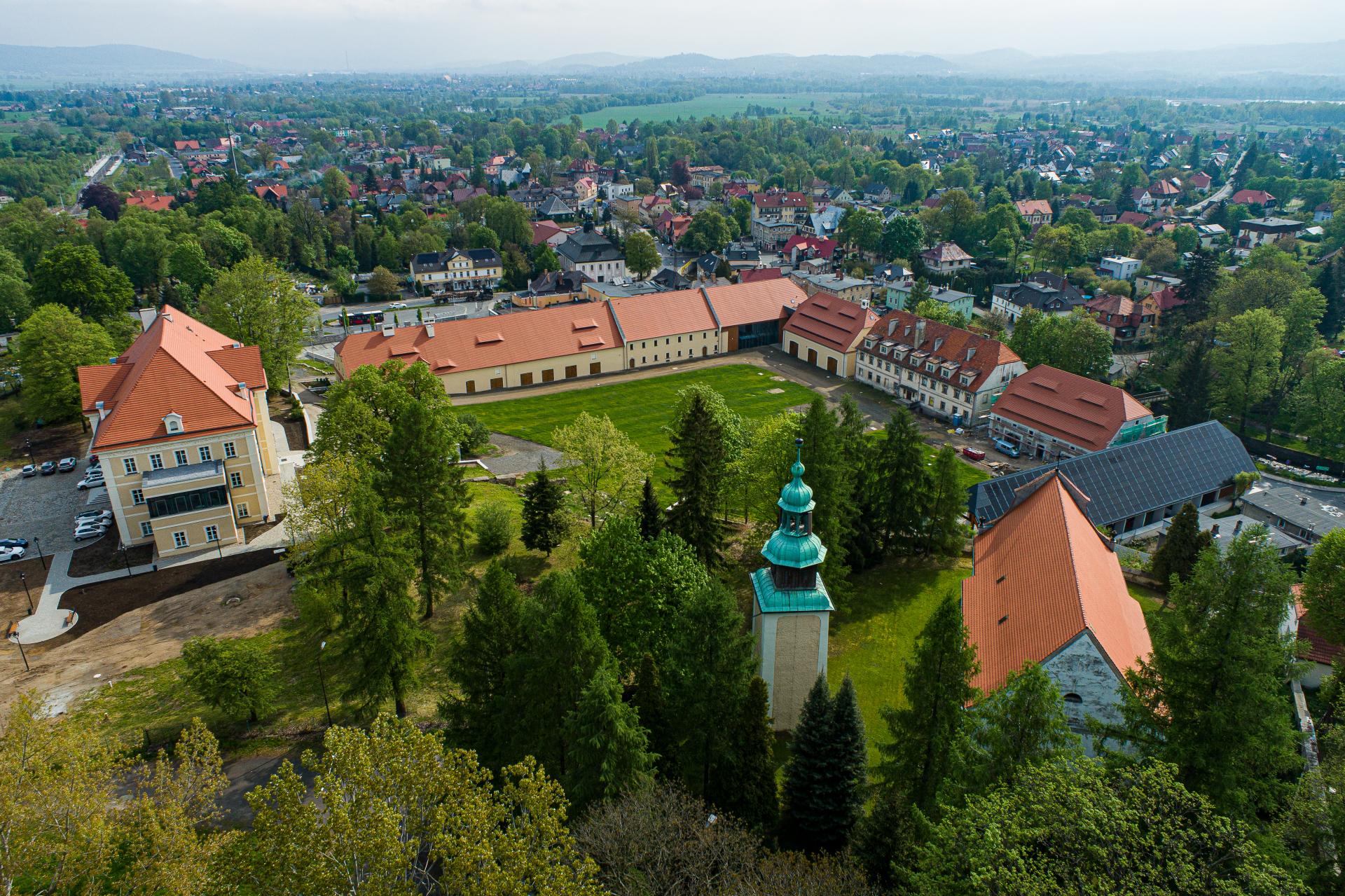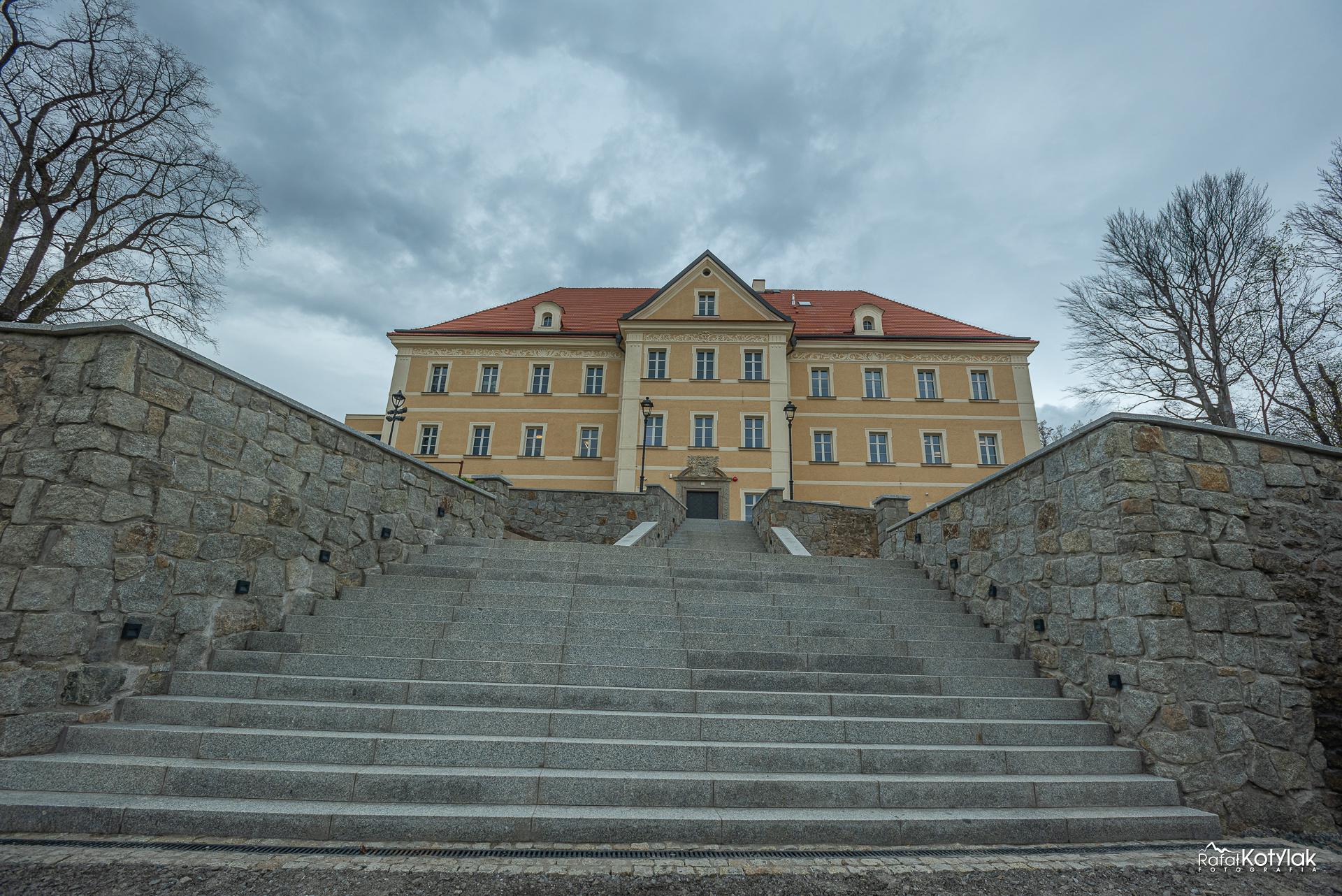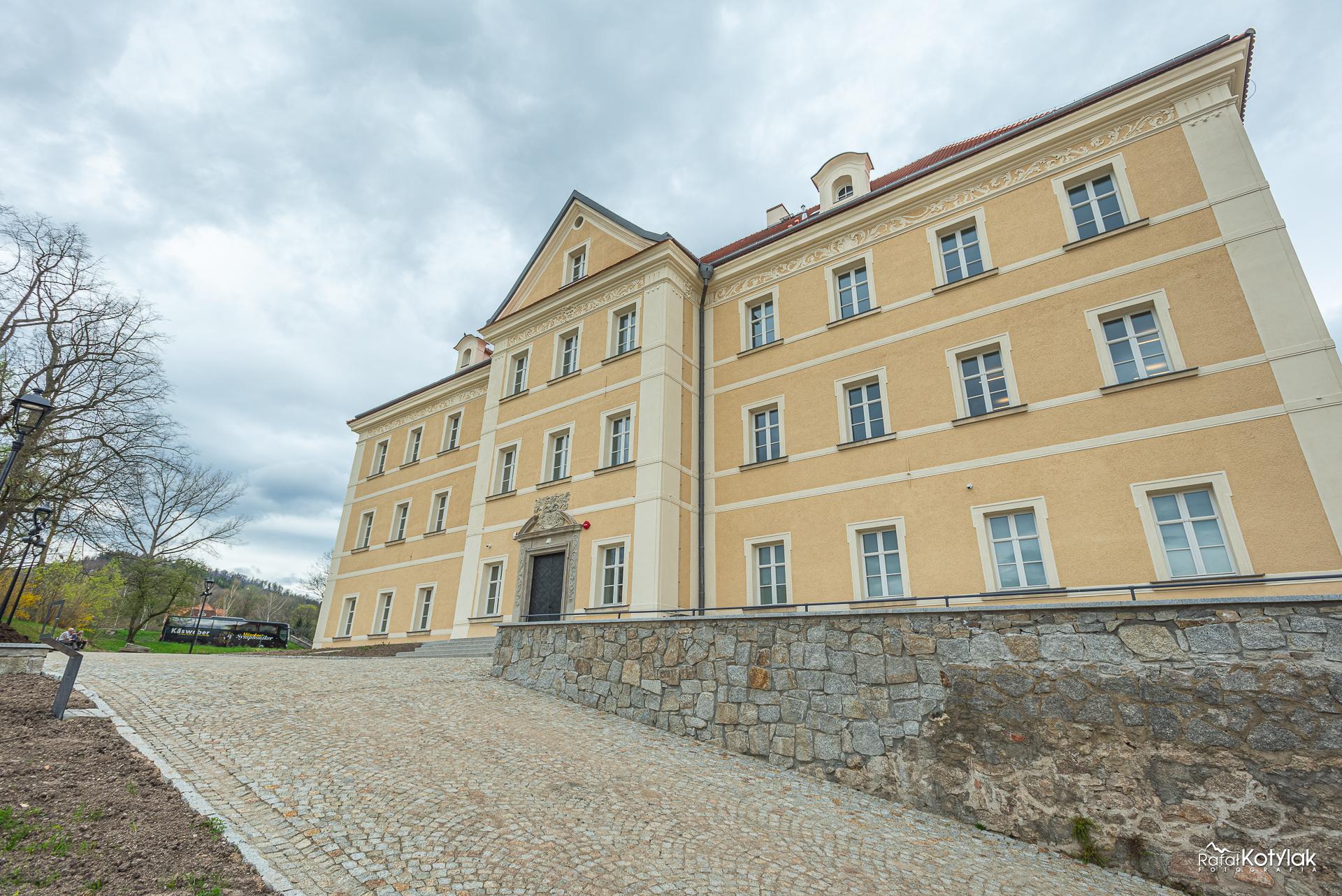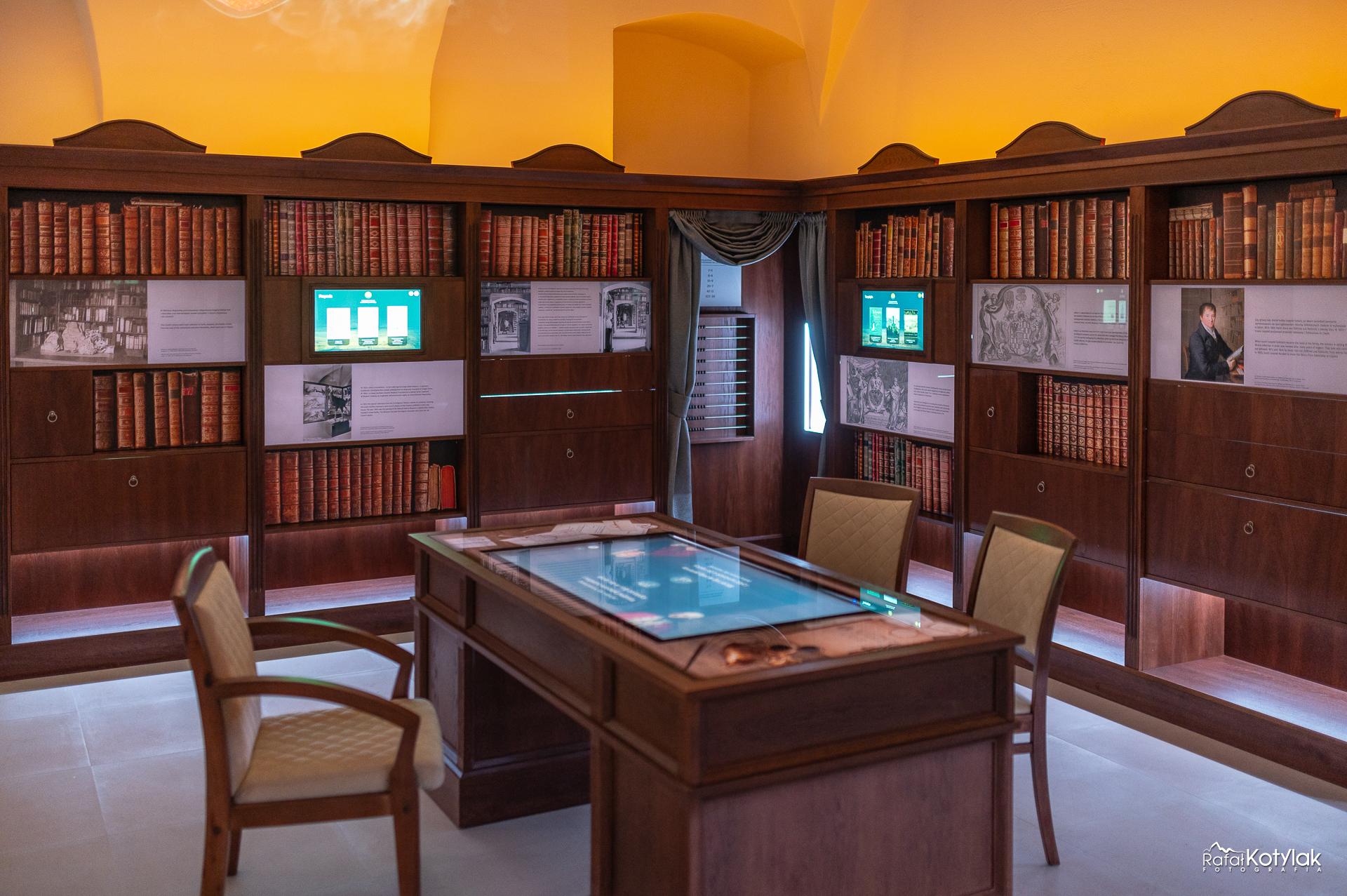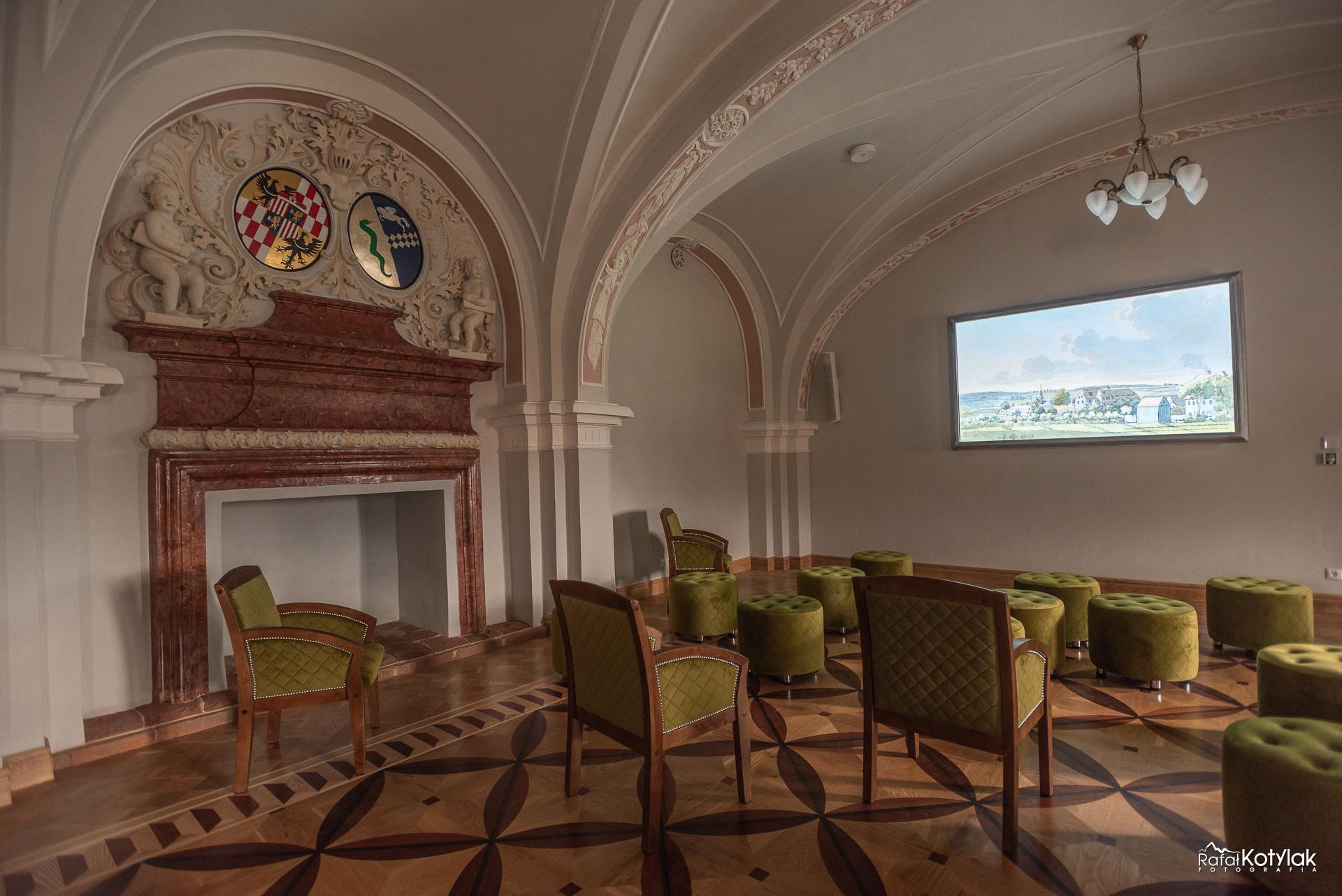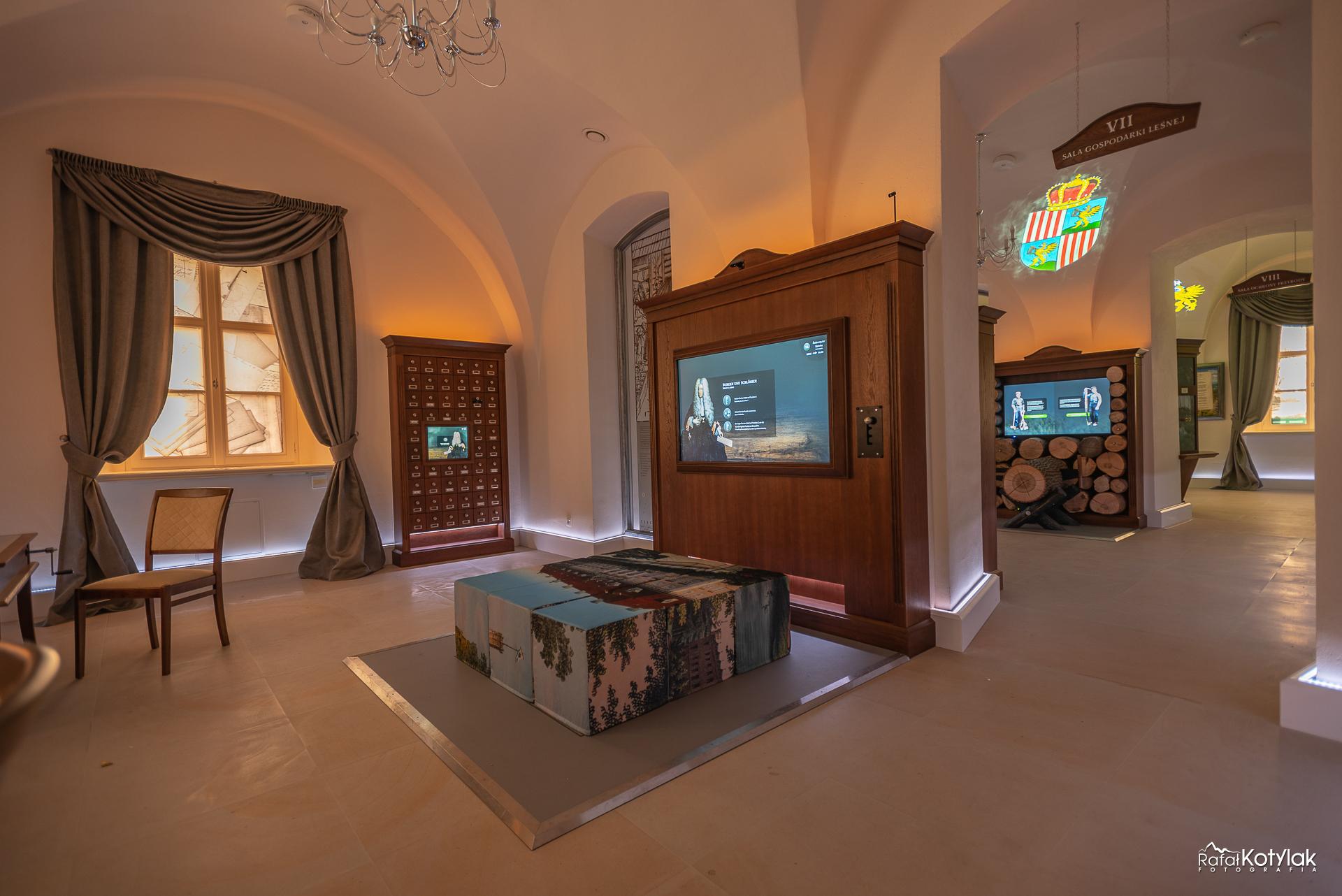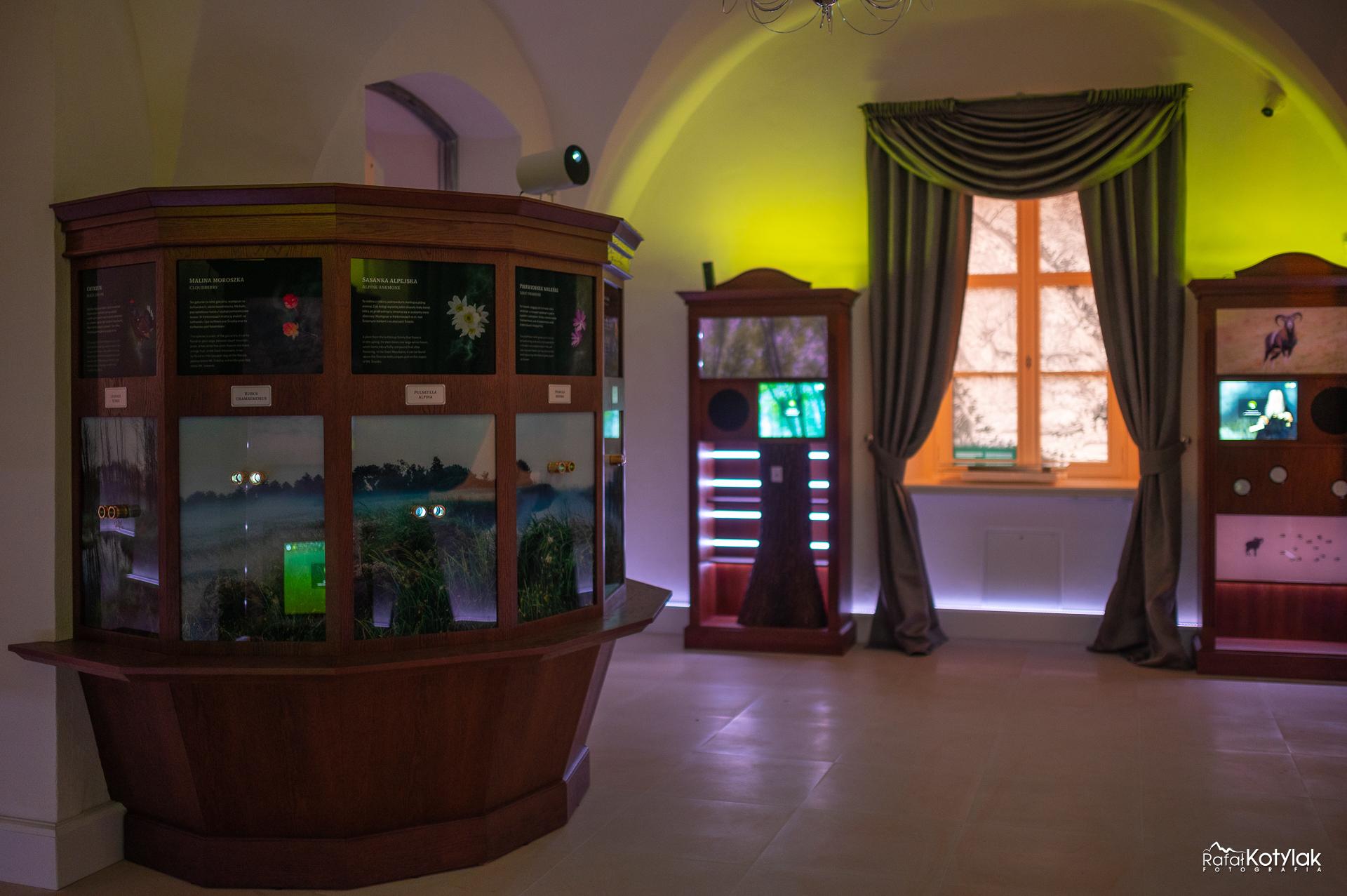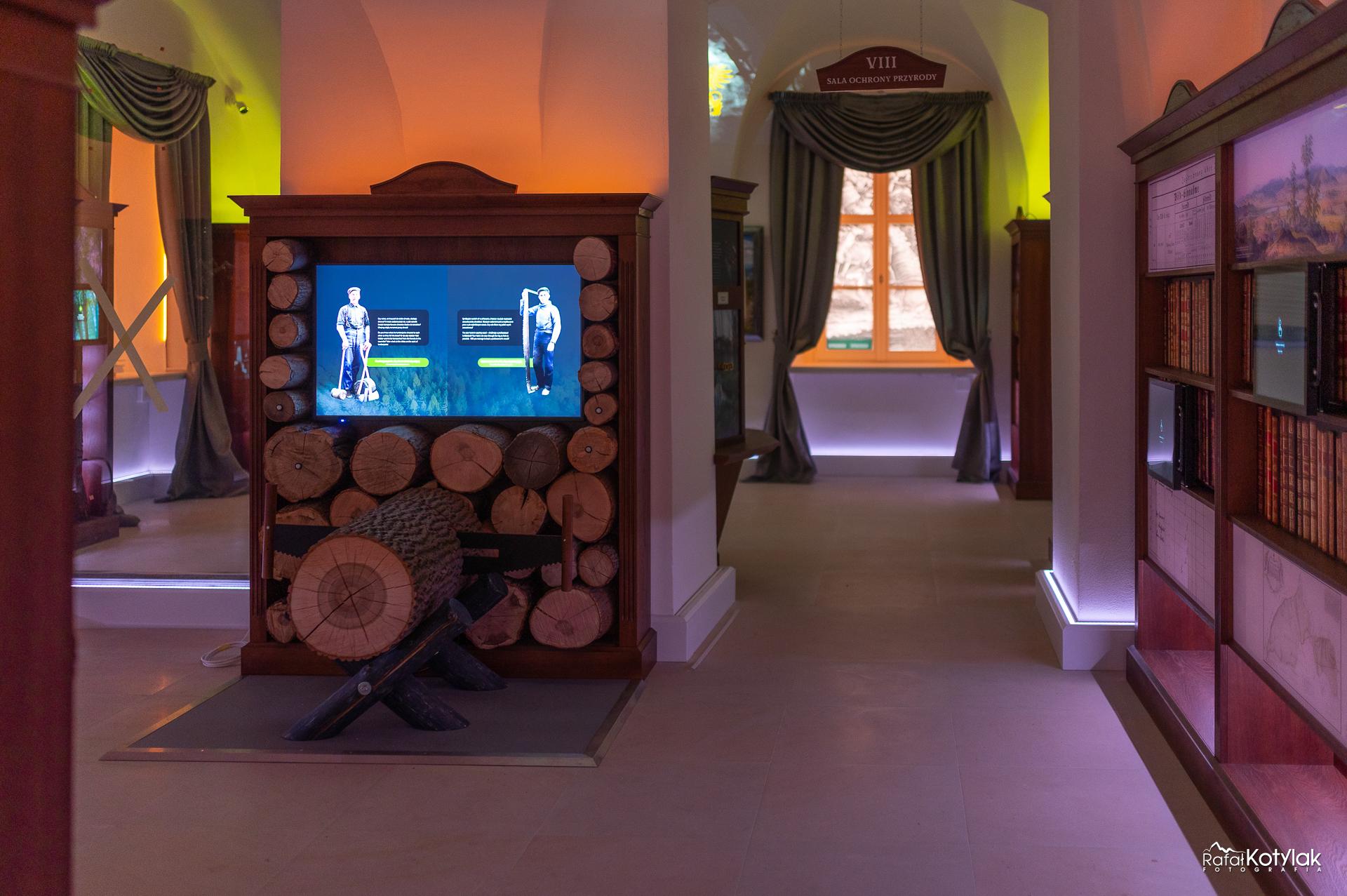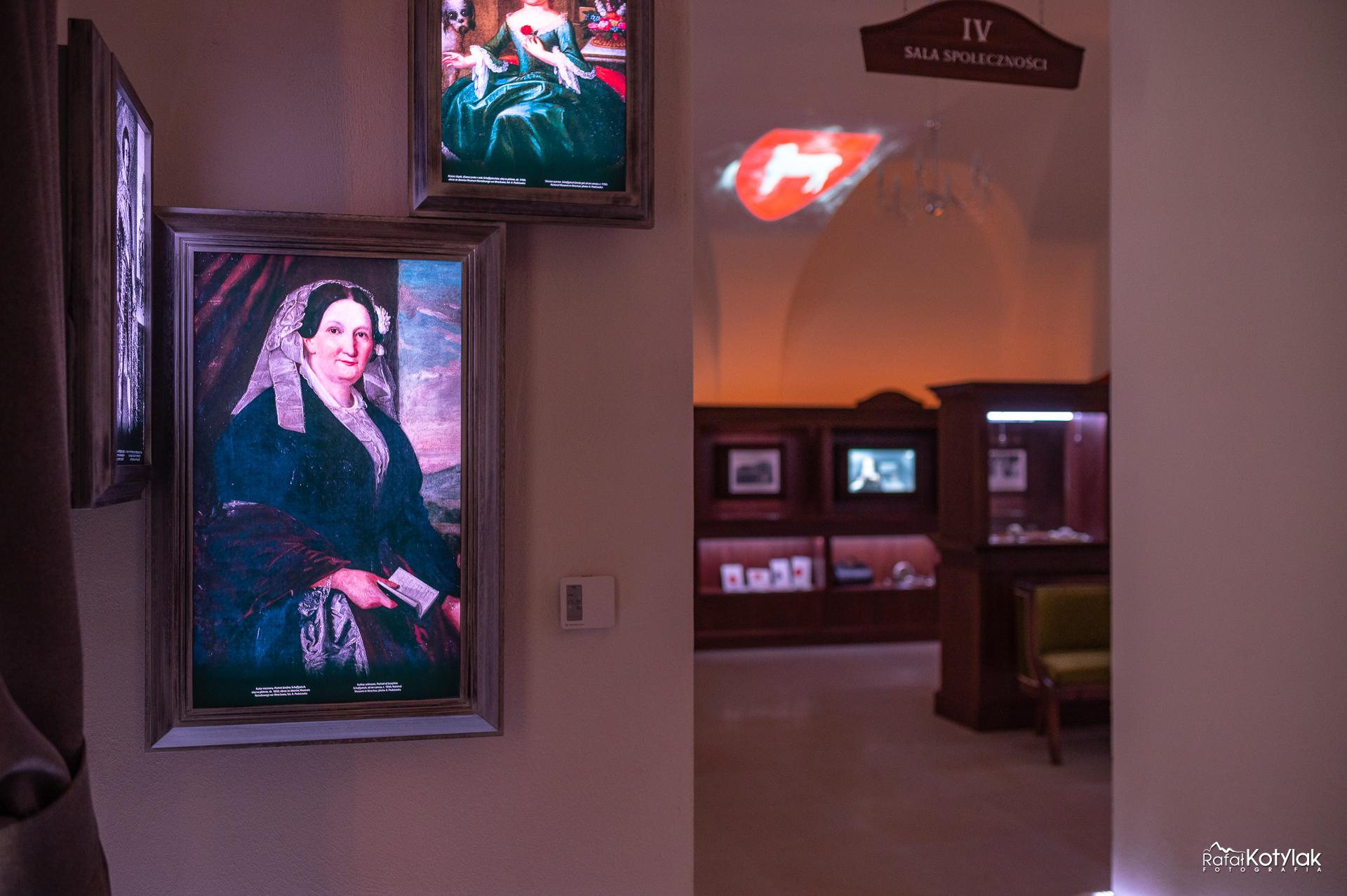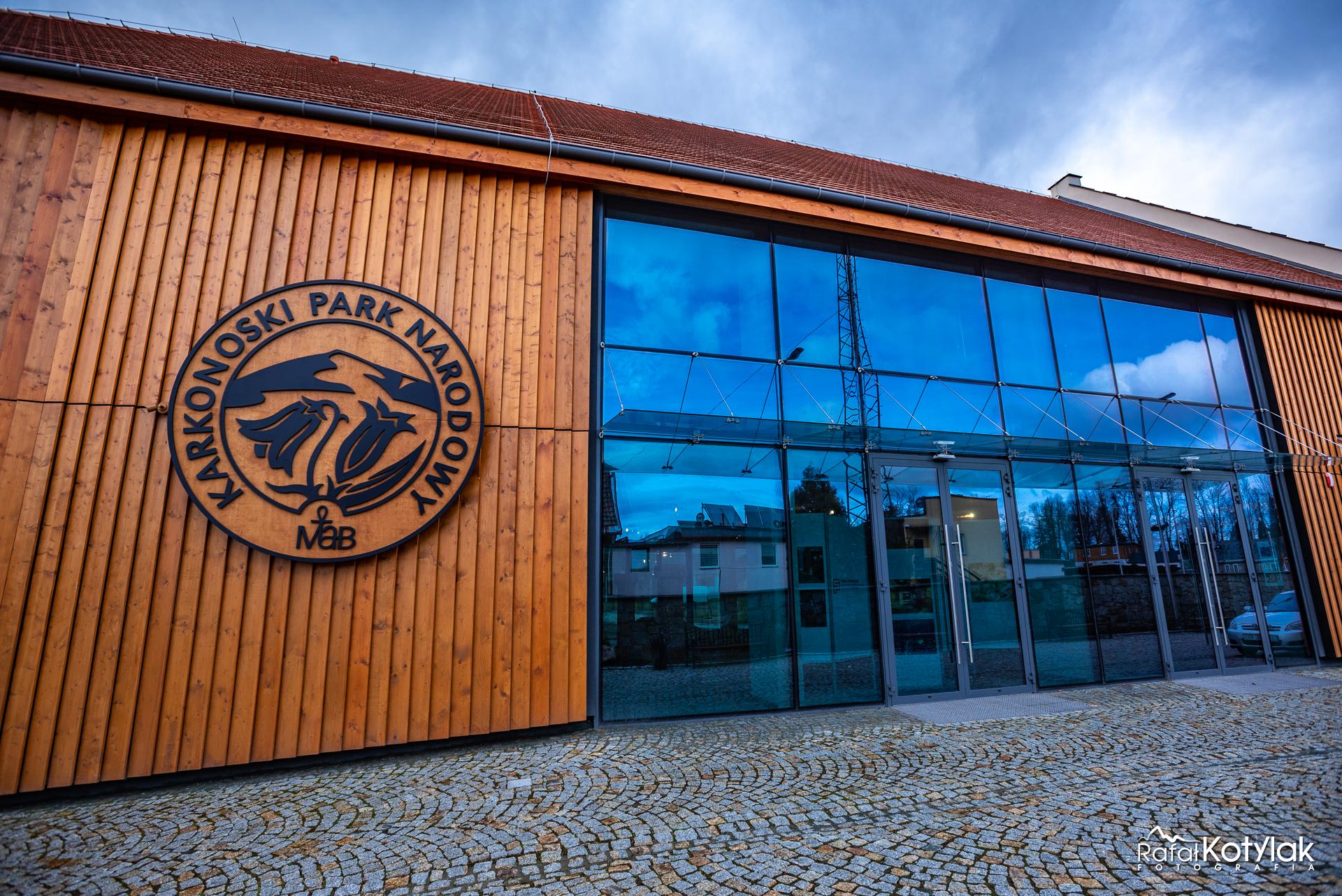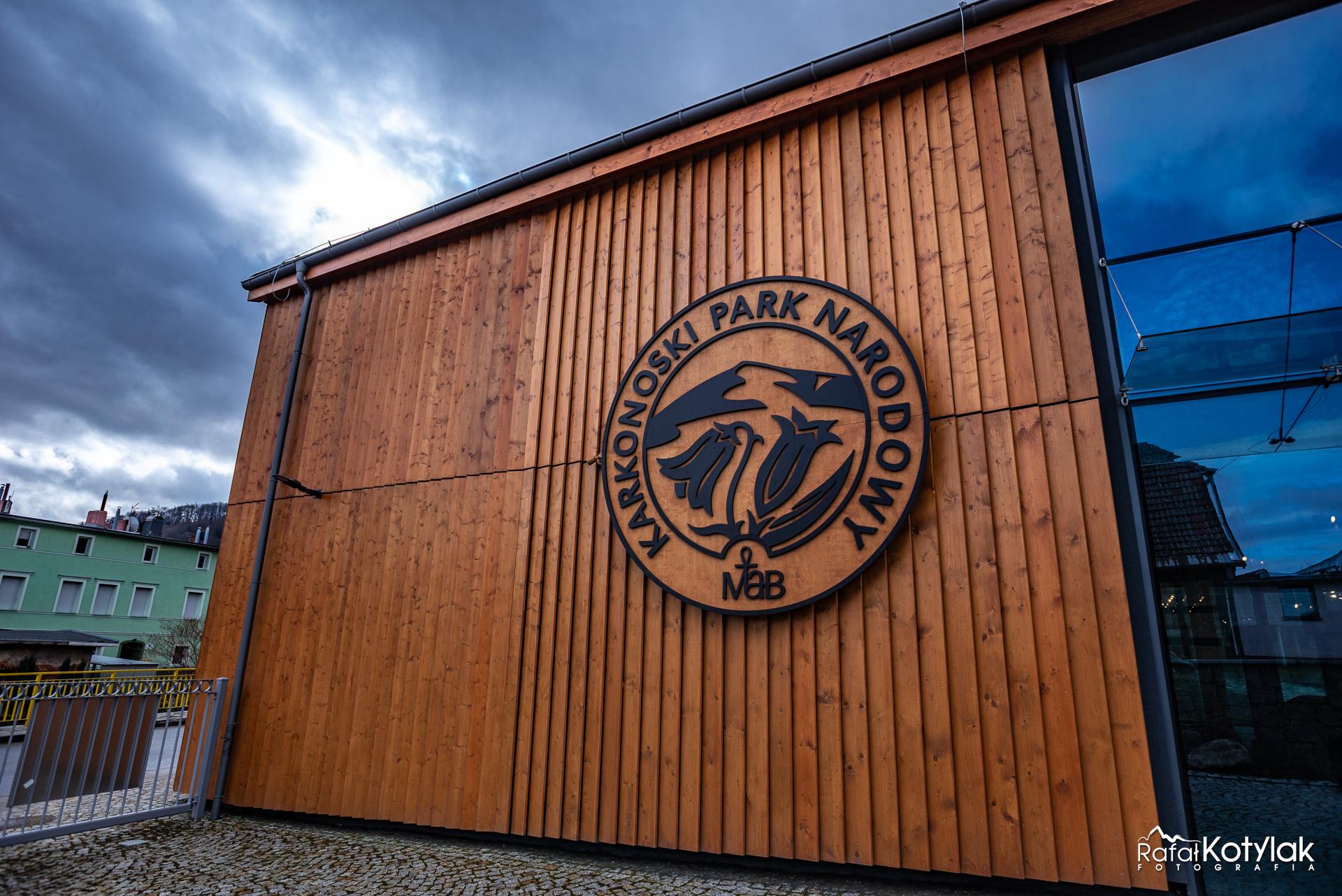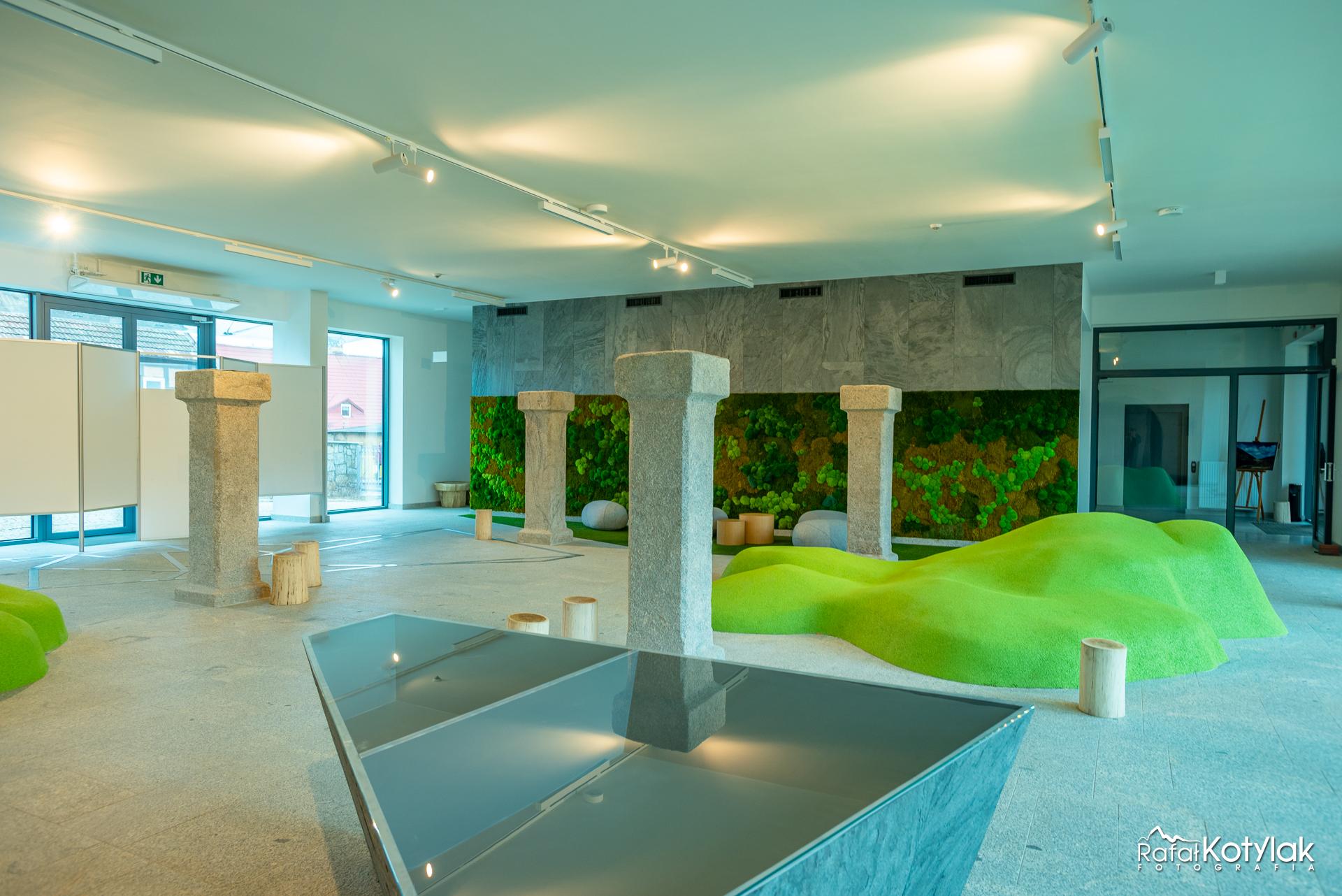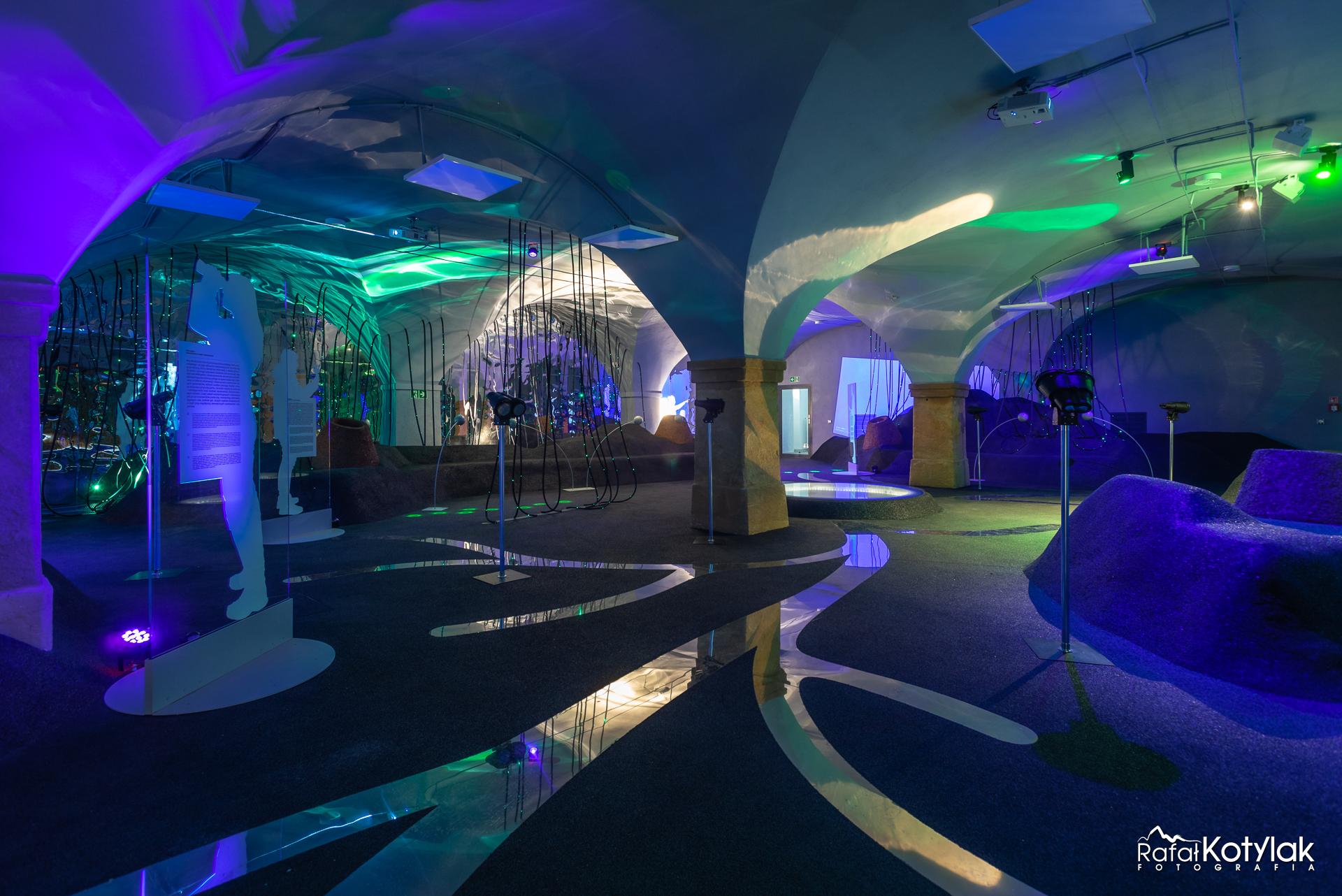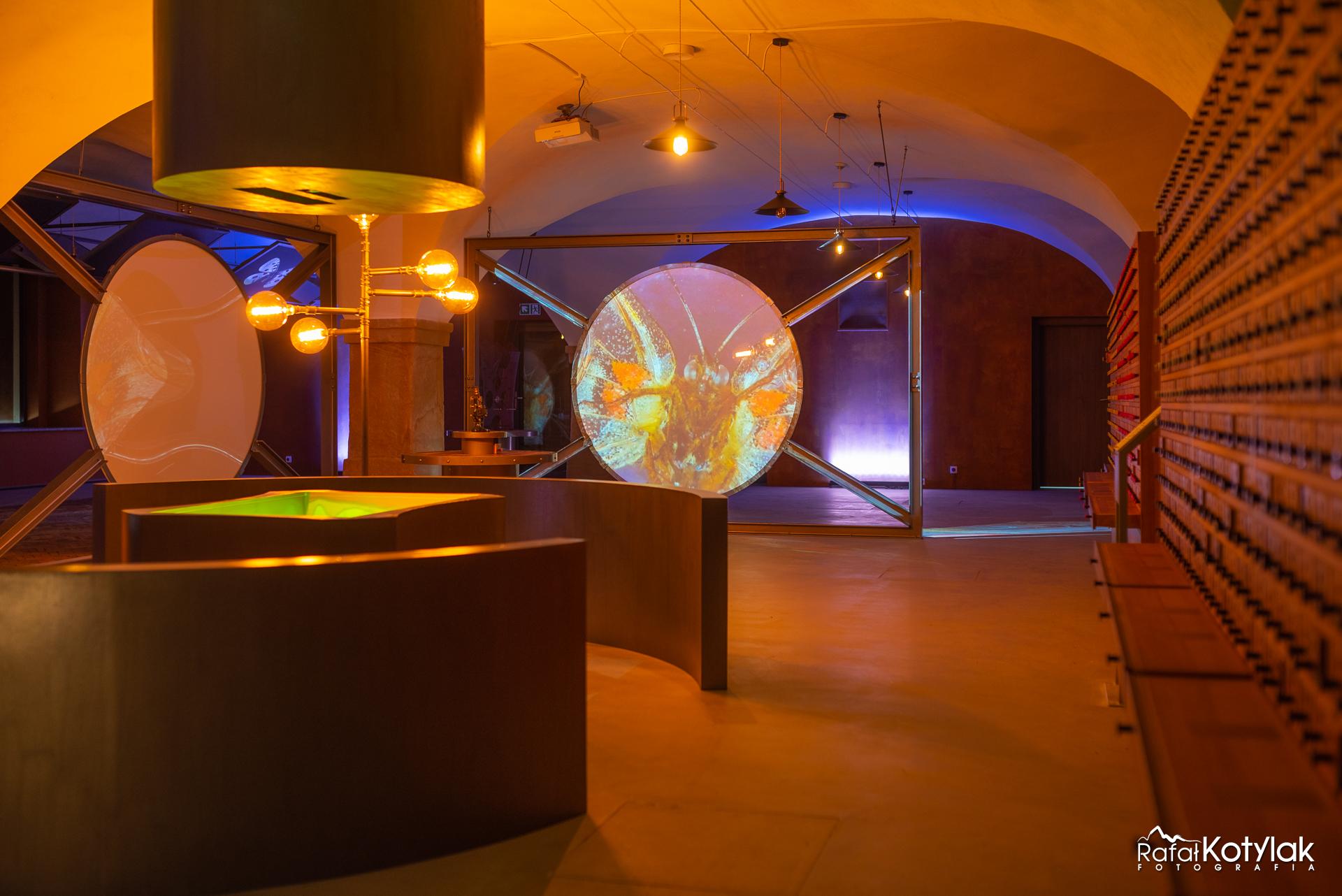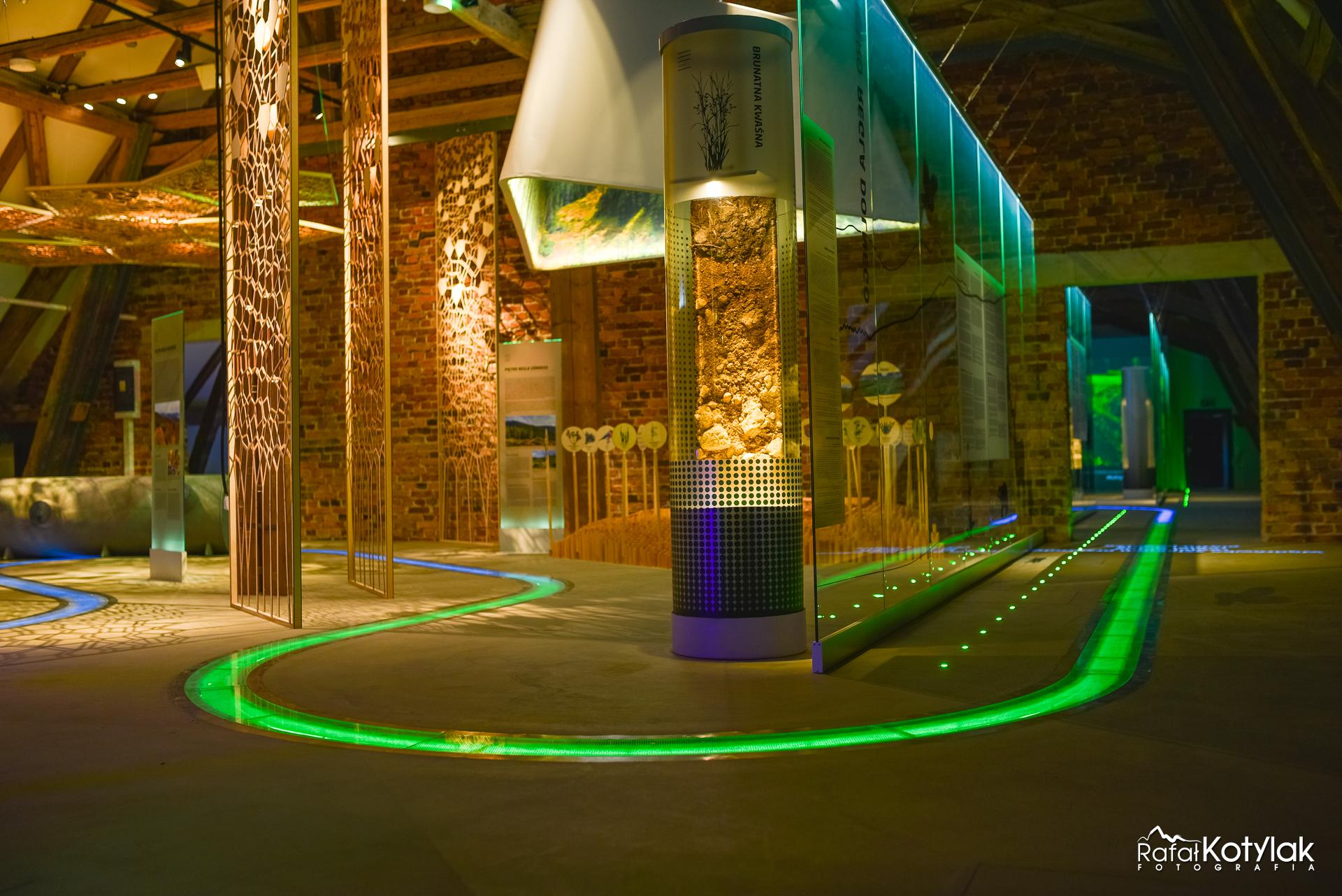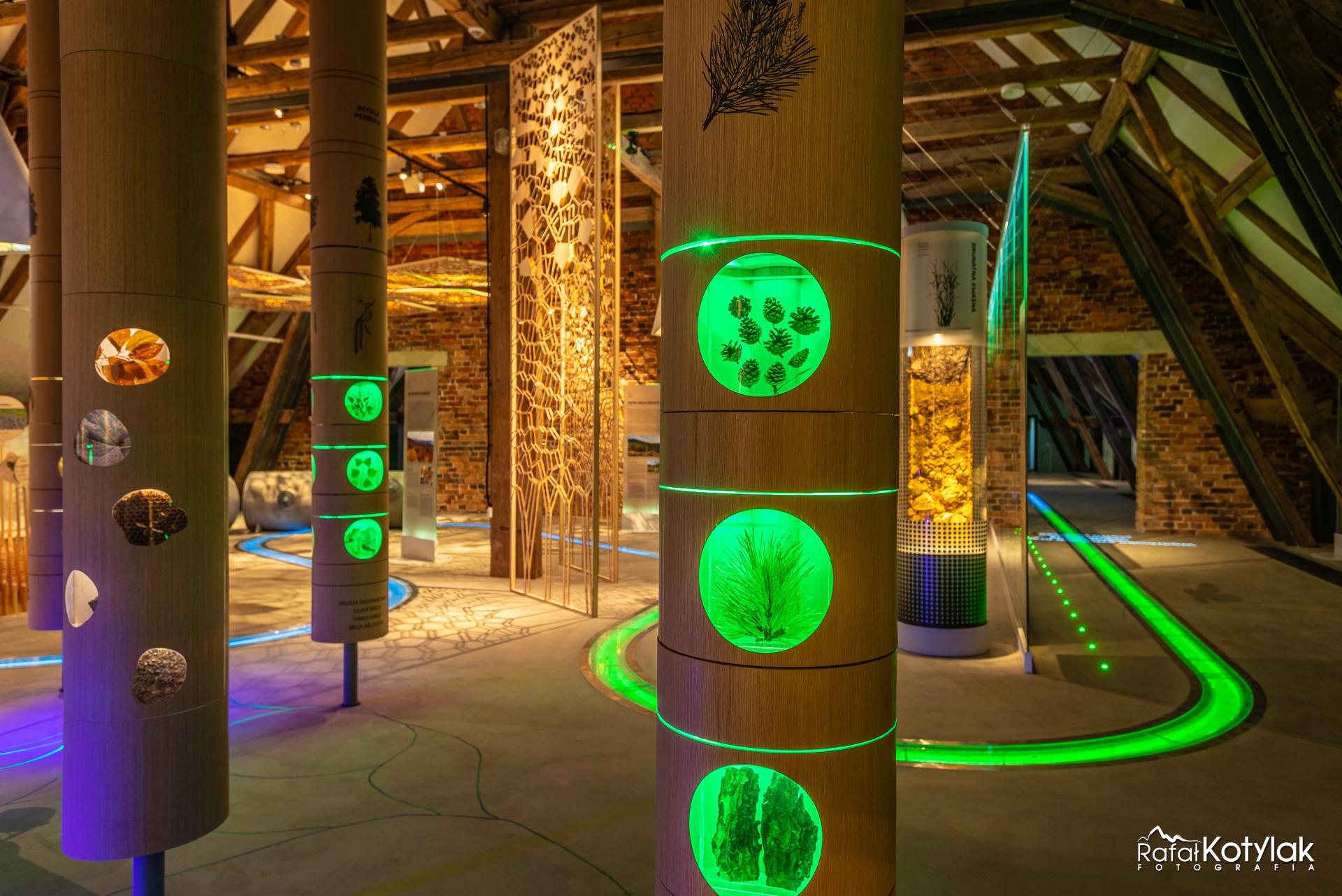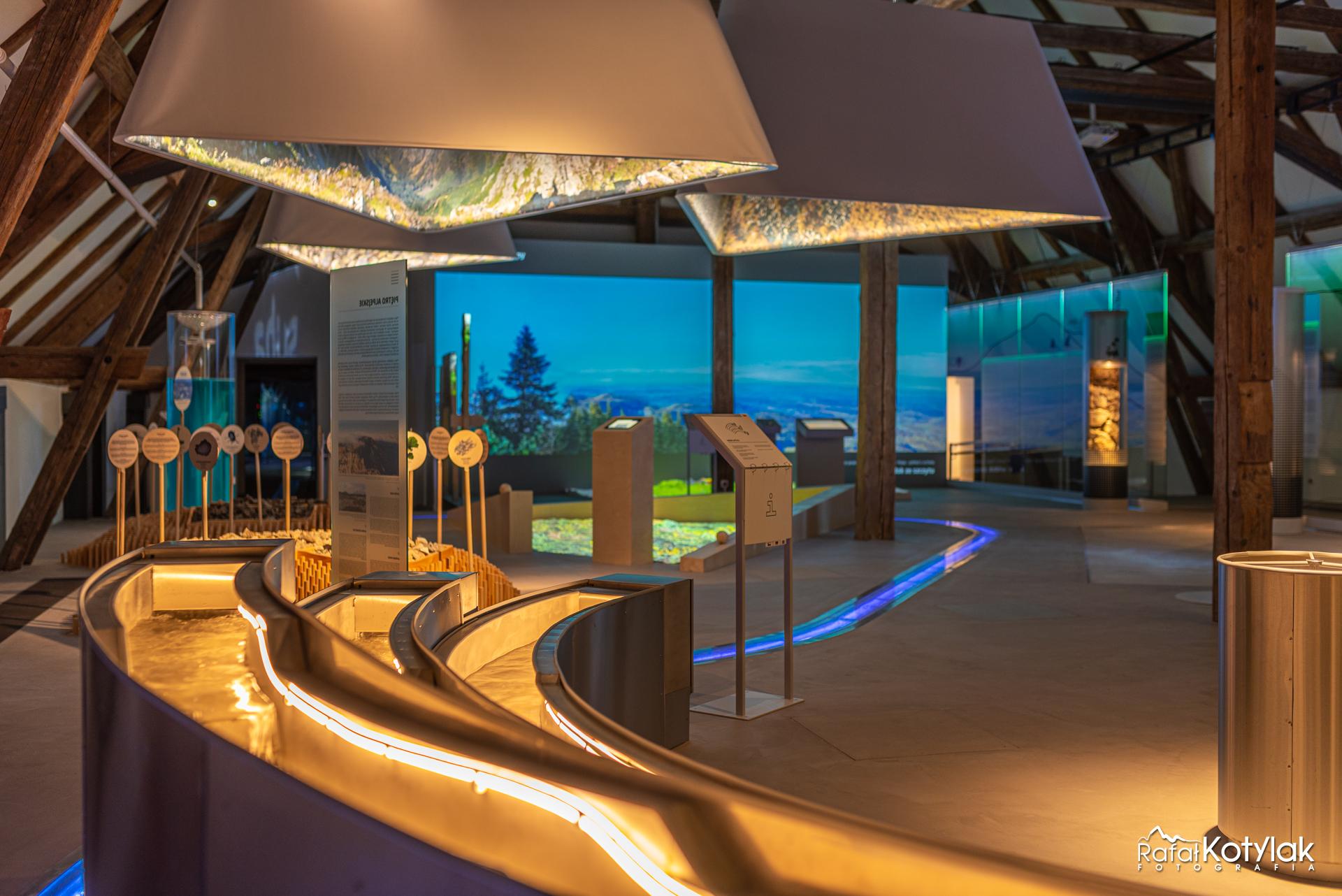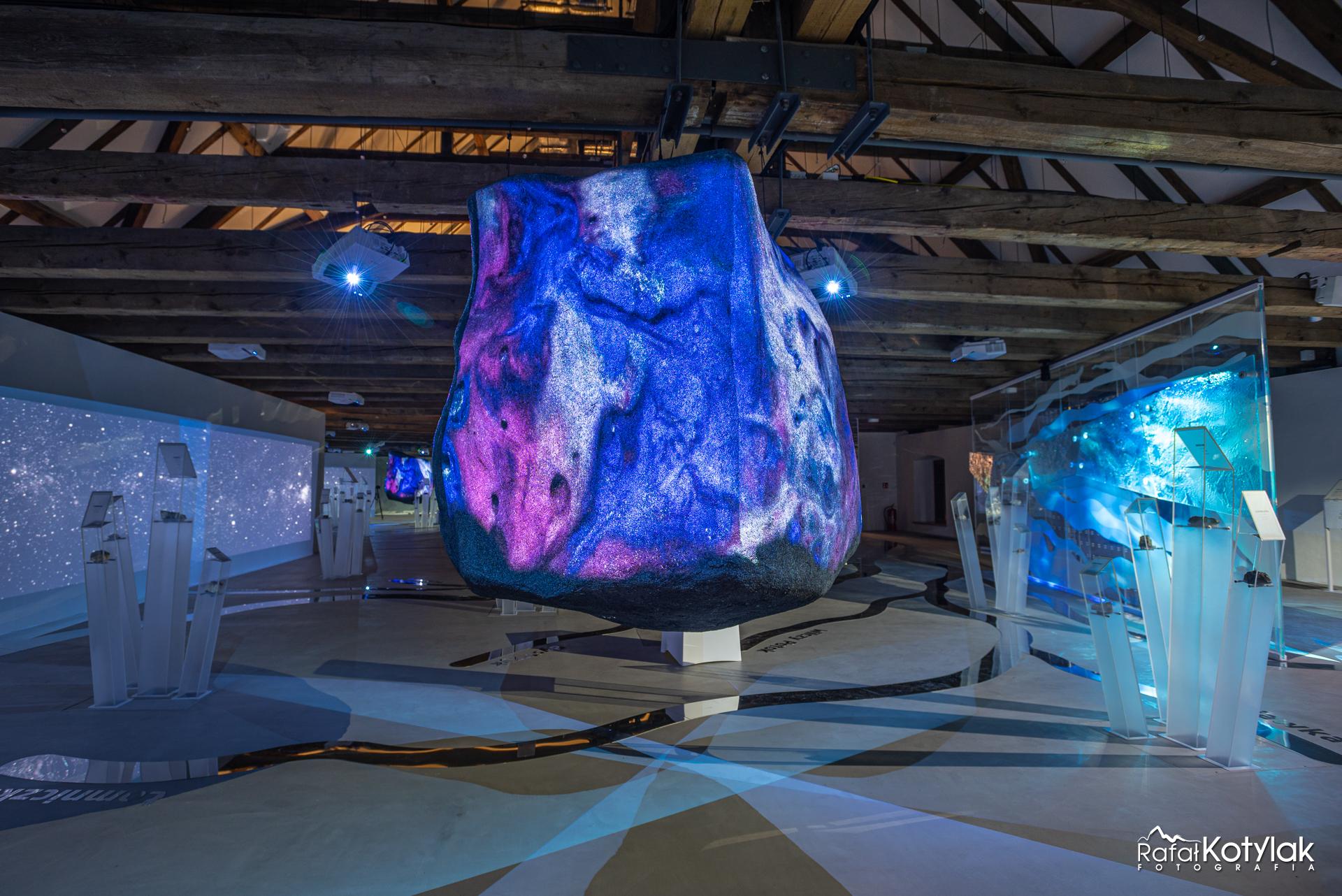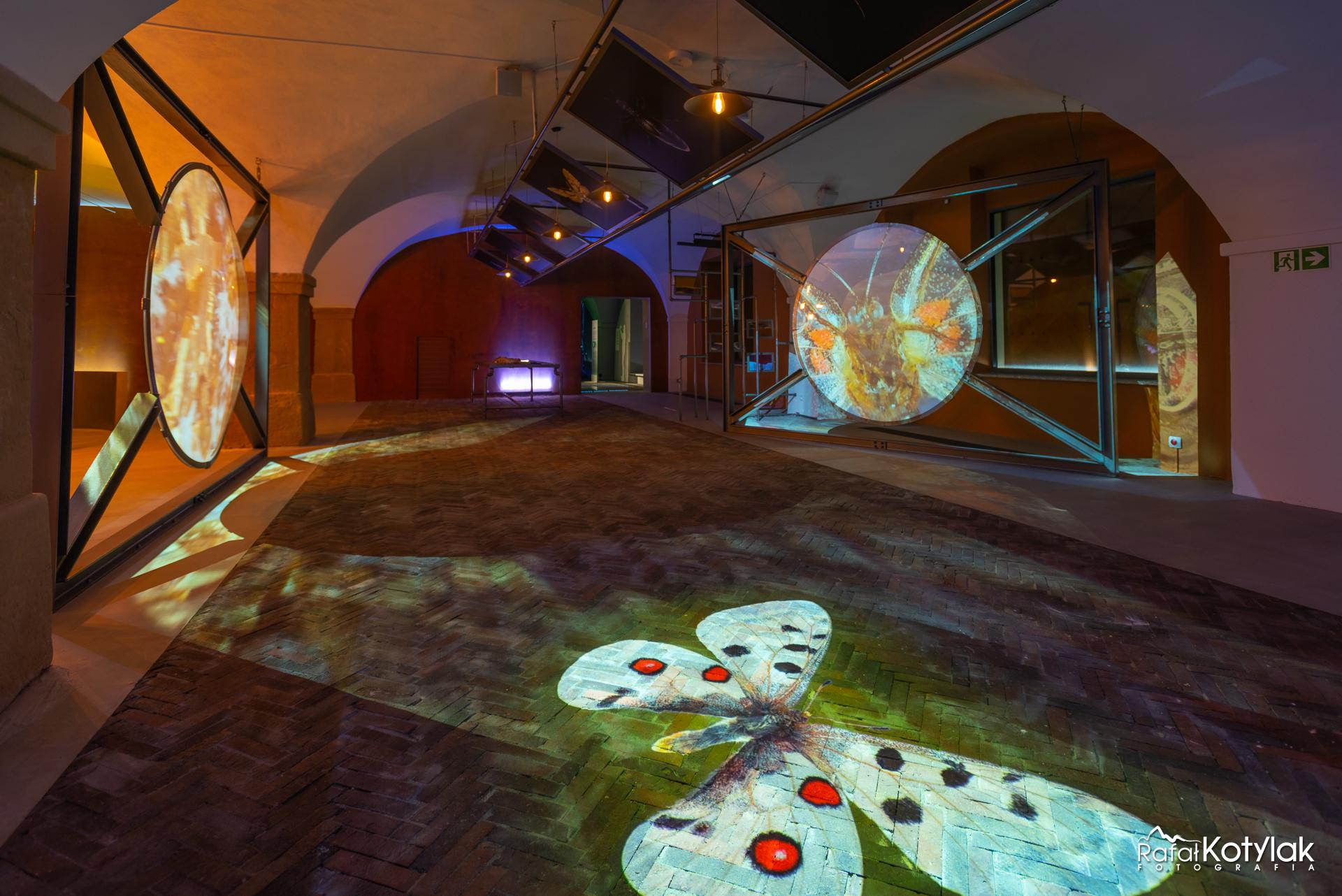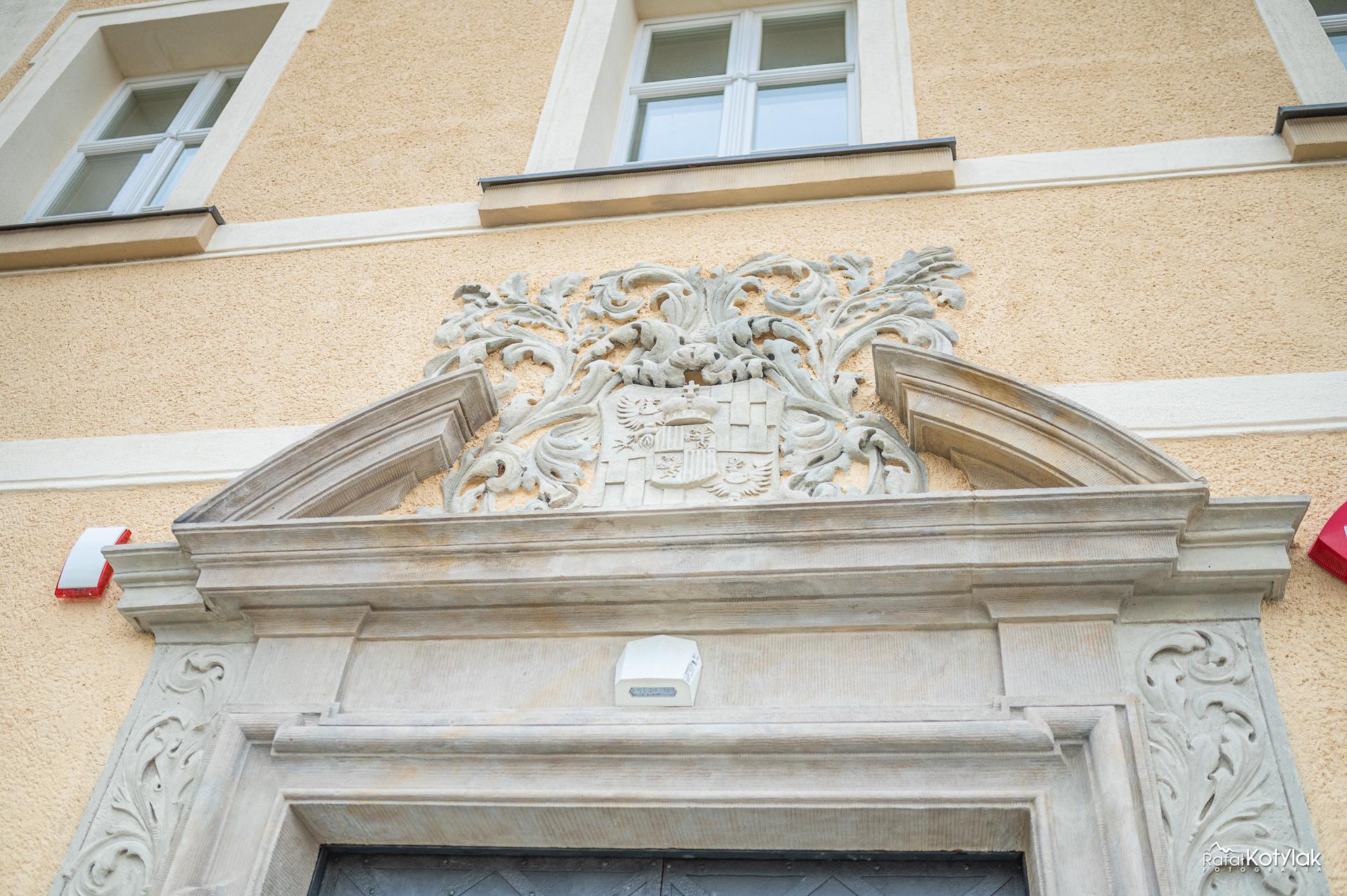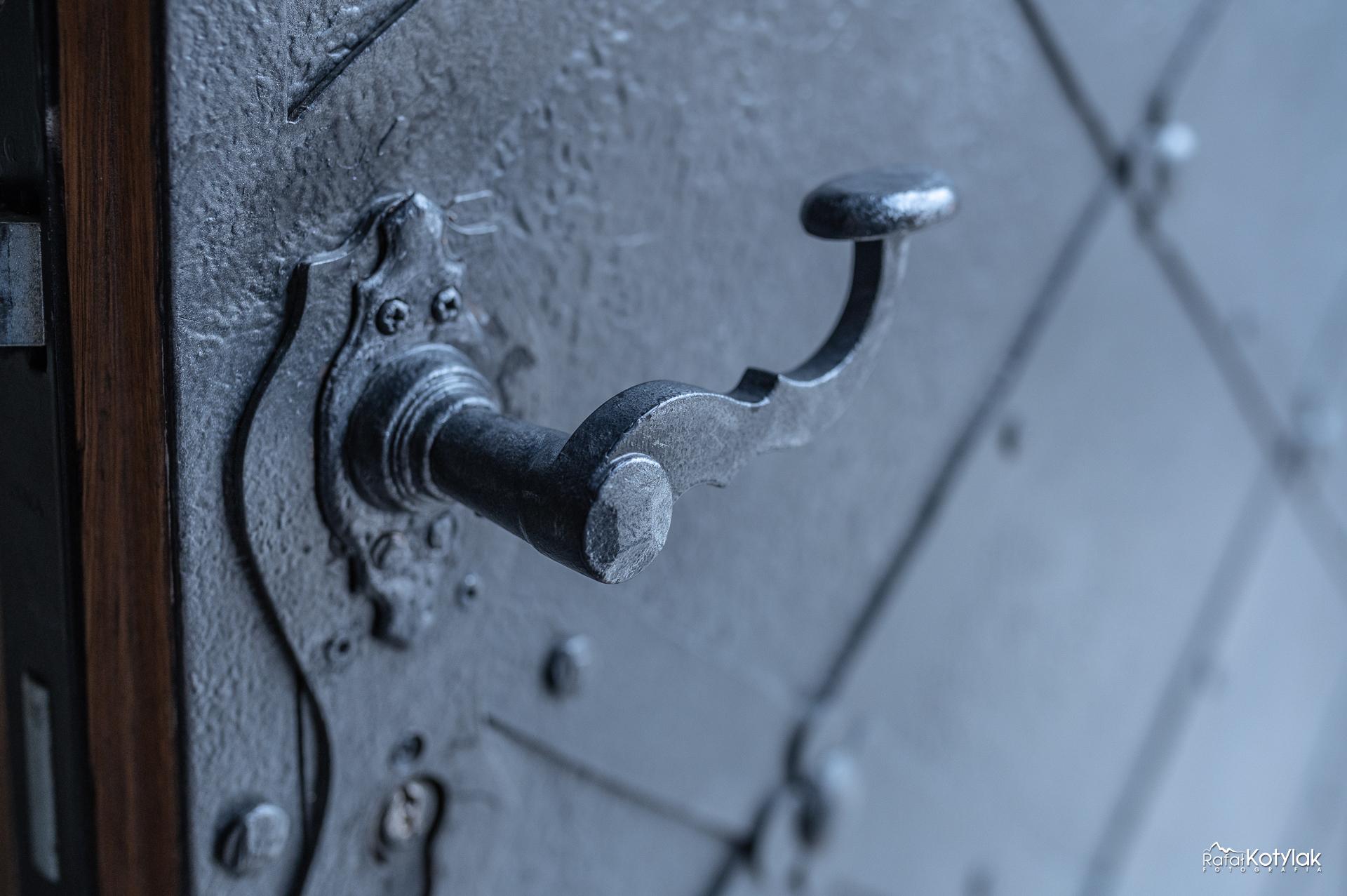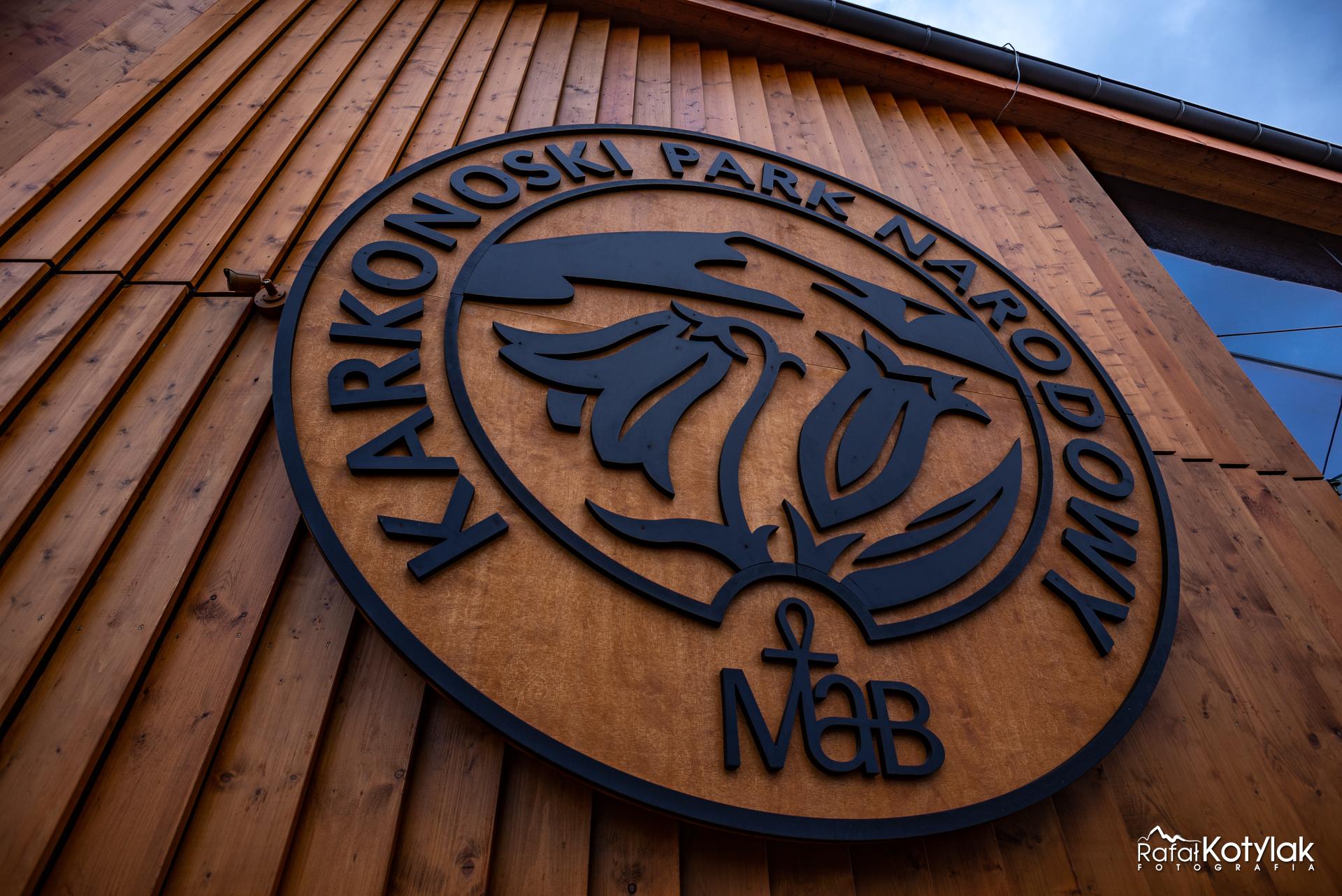Climatic Karkonosze
Basic information
Project Title
Climatic Karkonosze
Full project title
Sobieszow Palace - The Nature and Education Center in the Karkonosze National Park
Category
Reconnecting with nature
Project Description
The Nature and Education Center is located in a historic palace complex dating back to
the early 18th century. In 2013, the entire complex was taken over by the Karkonosze
National Park, which has since made efforts to adapt the historic buildings into a
modern nature education center and a new headquarters for the Park. The biggest
attractions of the Center are two multimedia educational expositions.
the early 18th century. In 2013, the entire complex was taken over by the Karkonosze
National Park, which has since made efforts to adapt the historic buildings into a
modern nature education center and a new headquarters for the Park. The biggest
attractions of the Center are two multimedia educational expositions.
Geographical Scope
Local
Project Region
Karpacz, Kowary, Szklarska Poręba, Piechowice, Jelenia Góra, Podgórzyn, Poland
Urban or rural issues
Mainly urban
Physical or other transformations
It refers to a physical transformation of the built environment (hard investment)
EU Programme or fund
Yes
Which funds
ERDF : European Regional Development Fund
Description of the project
Summary
The Nature and Education Center is located in a historic palace complex dating back to
the early 18th century. In 2013, the entire complex was taken over by the Karkonosze
National Park, which has since made efforts to adapt the historic buildings into a
modern nature education center and a new headquarters for the Park. The center
opened to the public at the end of April 2023. Two multimedia exhibitions, a
conference room for 150 people, workshop rooms, and a didactic path around the
Palace - all these facilities are used to carry out nature and regional educational
activities. The offer is aimed at children, young people and adults. The Center wants to
respond to the needs of tourists, but also the region's residents, offering a wide range
of classes, workshops, meetings and regular events.
The biggest attractions of the Center are two multimedia educational expositions.
"Climatic Karkonosze" exhibition shows the beauty of nature around and takes the
visitors from geological beginnings of Karkonosze mountains through the plant floors,
a hall of weather phenomena, a laboratory styled to the 19th century up to the room
where tourists can experience night in the woods. The visual beauty of the
arrangements inspired by nature is intertwined with a whole spectrum of sounds,
textures and smells, affecting our senses and emotions."Sobieszów Palace” is the other exhibition and this one tells the story of the history of nature conservation in Karkonosze over the centuries and gives the information about the Schaffgotsch family who were the owners of the Palace before the Second World War. One can learn a lot about the family's cultural contribution to the development of the Karkonosze region. Despite its historical background, the exhibition also gives the impression of being modern, intriguing and interactive. It uses a number of modern multimedia technologies integrated into traditional furniture, scenographic and architectural forms.
the early 18th century. In 2013, the entire complex was taken over by the Karkonosze
National Park, which has since made efforts to adapt the historic buildings into a
modern nature education center and a new headquarters for the Park. The center
opened to the public at the end of April 2023. Two multimedia exhibitions, a
conference room for 150 people, workshop rooms, and a didactic path around the
Palace - all these facilities are used to carry out nature and regional educational
activities. The offer is aimed at children, young people and adults. The Center wants to
respond to the needs of tourists, but also the region's residents, offering a wide range
of classes, workshops, meetings and regular events.
The biggest attractions of the Center are two multimedia educational expositions.
"Climatic Karkonosze" exhibition shows the beauty of nature around and takes the
visitors from geological beginnings of Karkonosze mountains through the plant floors,
a hall of weather phenomena, a laboratory styled to the 19th century up to the room
where tourists can experience night in the woods. The visual beauty of the
arrangements inspired by nature is intertwined with a whole spectrum of sounds,
textures and smells, affecting our senses and emotions."Sobieszów Palace” is the other exhibition and this one tells the story of the history of nature conservation in Karkonosze over the centuries and gives the information about the Schaffgotsch family who were the owners of the Palace before the Second World War. One can learn a lot about the family's cultural contribution to the development of the Karkonosze region. Despite its historical background, the exhibition also gives the impression of being modern, intriguing and interactive. It uses a number of modern multimedia technologies integrated into traditional furniture, scenographic and architectural forms.
Key objectives for sustainability
The main goal of the project is to adapt the historic buildings of the historic palace
complex for the purposes of a modern ecological education center of the Karkonosze
National Park and to use modern technologies to improve the quality of the
environment, including reducing air pollution. Environmental education is an important
aspect of the activities of national parks, influencing public awareness of the
protection of the region's natural and cultural resources. The establishment of an
educational center in Jelenia Góra was an important goal of the Karkonosze National
Park, resulting from the park protection plan. The sustainability of the project will be
ensured by the institution of the national park, established in 1959, subordinated to
the Ministry of Climate and Environment, and the ecological education program of the
Nature and Education Center of the Karkonosze National Park - Sobieszów Palace with
long-term plans and educational goals.
complex for the purposes of a modern ecological education center of the Karkonosze
National Park and to use modern technologies to improve the quality of the
environment, including reducing air pollution. Environmental education is an important
aspect of the activities of national parks, influencing public awareness of the
protection of the region's natural and cultural resources. The establishment of an
educational center in Jelenia Góra was an important goal of the Karkonosze National
Park, resulting from the park protection plan. The sustainability of the project will be
ensured by the institution of the national park, established in 1959, subordinated to
the Ministry of Climate and Environment, and the ecological education program of the
Nature and Education Center of the Karkonosze National Park - Sobieszów Palace with
long-term plans and educational goals.
Key objectives for aesthetics and quality
The KPN Nature and Education Center - Sobieszów Palace draws from the historical
context of the place and local architectural tradition. Through universal design,
adapted to historic buildings and the selection of natural building materials related to
the Karkonosze region, it achieves high aesthetic values. The buildings were designed by Pracownia Architektoniczna 1997 from Poznań. The "Climatic Karkonosze"
and "Sobieszów Palace" exhibitions created in the renovated buildings also use the
same aesthetic code - they are based on the selection of natural materials and refer to
the context of the place. The nature exhibition "Climatic Karkonosze" draws inspiration
from the Karkonosze nature with its minerals, rocks, vegetation and mountain streams.
The "Sobiesz Palace" exhibition respects the history of the building and refers to the
former functions of the palace that belonged to the aristocratic Schaffgotsch family
before The Second World War. All historic architectural elements were renovated and the
exhibition was arranged in the atmosphere of a former library and archive. Thanks to
the cooperation of designers, contractors and the state historic officer with the
Karkonosze National Park, a very high level of workmanship and a high aesthetic level
of the project were achieved.
context of the place and local architectural tradition. Through universal design,
adapted to historic buildings and the selection of natural building materials related to
the Karkonosze region, it achieves high aesthetic values. The buildings were designed by Pracownia Architektoniczna 1997 from Poznań. The "Climatic Karkonosze"
and "Sobieszów Palace" exhibitions created in the renovated buildings also use the
same aesthetic code - they are based on the selection of natural materials and refer to
the context of the place. The nature exhibition "Climatic Karkonosze" draws inspiration
from the Karkonosze nature with its minerals, rocks, vegetation and mountain streams.
The "Sobiesz Palace" exhibition respects the history of the building and refers to the
former functions of the palace that belonged to the aristocratic Schaffgotsch family
before The Second World War. All historic architectural elements were renovated and the
exhibition was arranged in the atmosphere of a former library and archive. Thanks to
the cooperation of designers, contractors and the state historic officer with the
Karkonosze National Park, a very high level of workmanship and a high aesthetic level
of the project were achieved.
Key objectives for inclusion
The KPN Nature and Education Center - Sobieszów Palace is intended for everyone -
children, youth, adults and seniors, including those with disabilities and other
difficulties. The educational offer is addressed to both - tourists visiting the Karkonosze
region and the local community. The "Climatic Karkonosze" and "Sobieszów Palace"
exhibitions are available in four language versions: Polish, English, Czech and German,
and are also translated into Polish sign language and have audio description.
Educational classes for organized groups regarding ecology, nature conservation and
the history of the region are adapted to various target groups and use a variety of
educational tools. Outdoor activities, activities at the center and educational
campaigns: the "Climatic Karkonosze" Festival, an ecological picnic and a
Christmas fair are intended to reach the widest possible audience. A special offer is
also addressed to the local community. This is achieved through a series of
"Neighborhood Meetings" on nature and regional topics. The center's offer supports
the idea of lifelong learning, from childhood to seniors. Most of the activities organized
at the Center are free of charge. Entrance tickets to exhibitions are affordable and do
not constitute a barrier for visitors. The use of ecological and modern technologies for
building insulation and heating and ventilation systems, including photovoltaic panels
and heat pumps, also reduces the maintenance costs of the building complex in which
the educational center is located.
children, youth, adults and seniors, including those with disabilities and other
difficulties. The educational offer is addressed to both - tourists visiting the Karkonosze
region and the local community. The "Climatic Karkonosze" and "Sobieszów Palace"
exhibitions are available in four language versions: Polish, English, Czech and German,
and are also translated into Polish sign language and have audio description.
Educational classes for organized groups regarding ecology, nature conservation and
the history of the region are adapted to various target groups and use a variety of
educational tools. Outdoor activities, activities at the center and educational
campaigns: the "Climatic Karkonosze" Festival, an ecological picnic and a
Christmas fair are intended to reach the widest possible audience. A special offer is
also addressed to the local community. This is achieved through a series of
"Neighborhood Meetings" on nature and regional topics. The center's offer supports
the idea of lifelong learning, from childhood to seniors. Most of the activities organized
at the Center are free of charge. Entrance tickets to exhibitions are affordable and do
not constitute a barrier for visitors. The use of ecological and modern technologies for
building insulation and heating and ventilation systems, including photovoltaic panels
and heat pumps, also reduces the maintenance costs of the building complex in which
the educational center is located.
Results in relation to category
The result of the actions taken is the rescue of the historic buildings of the 18th-century palace and farm buildings and their adaptation for the purposes of a modern ecological education center. Educators were hired to prepare an educational offer that is used by children, teenagers and adults. The center hosts ecological events, such as the "Climatic Karkonosze" ecological festival, Picnic near Chojnik and the "W folwarku" Christmas fair. Tourists visiting the Karkonosze Mountains can visit two multimedia exhibitions "Climatic Karkonosze" and "Sobieszów Palace" and obtain information about the region. The local community has gained a place for meetings and education - lectures, lectures and workshops for residents are held periodically, including "Neighborhood Meetings". Thanks to the use of modern methods of insulation, heating and ventilation using renewable energy sources (photovoltaic panels, heat pumps), the use of buildings does not cause environmental pollution.
How Citizens benefit
The concept of the KPN Nature and Education Center - Sobieszów Palace was
developed primarily by employees of the Karkonosze National Park. A social committee
for the reconstruction of the Sobieszów Palace was also established, which included
regionalists, historians, architects and people important to the Karkonosze region.
When defining the goals of the new center, the needs and activities of local
associations and cultural institutions were taken into account. During the project
implementation, meetings were organized between the director of the Karkonosze
National Park and local residents, who were informed about the progress of work and
could ask questions about the educational center.
developed primarily by employees of the Karkonosze National Park. A social committee
for the reconstruction of the Sobieszów Palace was also established, which included
regionalists, historians, architects and people important to the Karkonosze region.
When defining the goals of the new center, the needs and activities of local
associations and cultural institutions were taken into account. During the project
implementation, meetings were organized between the director of the Karkonosze
National Park and local residents, who were informed about the progress of work and
could ask questions about the educational center.
Physical or other transformations
It refers to a physical transformation of the built environment (hard investment)
Innovative character
The innovation of the project lies primarily in the use of an existing, historical place - a
palace complex - for the purposes of a modern center, using the latest insulation,
ventilation and heating technologies to reduce environmental pollution. Instead of
building a new building, the decision was made to renovate the historic buildings. This
is very important for the Karkonosze region. The fact of renovation of historic buildings
is an additional educational value, standing in opposition to the excessive, aggressive
development of the Karkonosze area with tourist infrastructure, including apartment
buildings, negatively affecting the nature and cultural landscape of the region. Based
on innovative technical solutions, the center not only awakens but also consolidates
deep respect for nature and conveys knowledge combined with emotions. The
educational attractions proposed here inspire both enthusiasts and those who are just
starting to get to know the mountains to actively discover the secrets of the nature of
the Karkonosze Mountains.
palace complex - for the purposes of a modern center, using the latest insulation,
ventilation and heating technologies to reduce environmental pollution. Instead of
building a new building, the decision was made to renovate the historic buildings. This
is very important for the Karkonosze region. The fact of renovation of historic buildings
is an additional educational value, standing in opposition to the excessive, aggressive
development of the Karkonosze area with tourist infrastructure, including apartment
buildings, negatively affecting the nature and cultural landscape of the region. Based
on innovative technical solutions, the center not only awakens but also consolidates
deep respect for nature and conveys knowledge combined with emotions. The
educational attractions proposed here inspire both enthusiasts and those who are just
starting to get to know the mountains to actively discover the secrets of the nature of
the Karkonosze Mountains.
Disciplines/knowledge reflected
The implementation of the project required the involvement of experts from many
fields of science and human activity. Due to the historic and historic nature of the
place, cooperation with both the State Historic Preservation and local historians, art
historians and regionalists was necessary. Thanks to the knowledge and experience of
the architectural studio with experts in the field of modern technologies, urban
planning, landscape architecture, interior design and many others, it was possible to
prepare an appropriate architectural design. The designers of the "Climatic
Karkonosze" and "Sobieszów Palace" exhibitions worked on its basis, engaging
geologists, naturalists, botanists, ornithologists, art historians and museologists.
Thanks to cooperation in so many fields, it was possible to achieve a universal,
interdisciplinary effect in the form of a society-friendly educational center.
fields of science and human activity. Due to the historic and historic nature of the
place, cooperation with both the State Historic Preservation and local historians, art
historians and regionalists was necessary. Thanks to the knowledge and experience of
the architectural studio with experts in the field of modern technologies, urban
planning, landscape architecture, interior design and many others, it was possible to
prepare an appropriate architectural design. The designers of the "Climatic
Karkonosze" and "Sobieszów Palace" exhibitions worked on its basis, engaging
geologists, naturalists, botanists, ornithologists, art historians and museologists.
Thanks to cooperation in so many fields, it was possible to achieve a universal,
interdisciplinary effect in the form of a society-friendly educational center.
Methodology used
At the very beginning there was analysis of National Park needs and ambitions. Specially in area of education. Than we decided to choose architecture design contest (ADC) as the way to find the designer of our nowdays headquarters. In evaluation we have used quality ctriteria only. All historic structures were explored and analised. Every valuable piece was object of special care. Lost elements of urban composition were filled by contemporary architecture in historic outlines. Existing loe quality, random extensions were removed. Architects proposed to use more renovable energy solutions than we expected. For example demolished barn is reconstructed as photovoltaic roof based on modern concrete and wood structure. Technical solutions were choosen only if they were sustainable and harmonized with space solutions. Thermal insulations were not used in places where cultural heritage would be interrupted. Design and construction were divided into stages. Every stage of design was made in close cooperation with future users, local community, social council and preservation officer as well.
How stakeholders are engaged
The project to establish the KPN Nature and Education Center - Sobieszów Palace in Jelenia Góra had the support of the Ministry of Climate and Environment from the very beginning, which supports the project financially and organizationally. The ecological education center is important in the context of the ministry's activities and helps to increase the ecological awareness of society. The establishment of the center is also important at the regional level - the Center has become an important point on the map of Lower Silesia, which is eagerly visited by tourists from various regions of Poland and Europe. This is consistent with the strategic goal defined in the Development Strategy of the Lower Silesian Voivodeship 2030, regarding the responsible use of resources and protection of the values of the natural environment and cultural heritage. The creation of the Nature and Education Center was included in the Development of the City of Jelenia Góra for 2014-2025. Support at the national, regional and local level for the creation of the KPN Nature and Education Center - Sobieszów Palace is very important and motivating for the park.
Global challenges
Use of existing historical buildings reduces the carbon footprint and preserves cultural heritage. Renovable energy solutions like ground heat pumps, photovoltaic roof, etc. are the answer to sustainability.
Learning transferred to other parties
We recommend to use ADC for choosing design team. Close cooperation with architects and trust in their competences are fundamental. Balance between historical and contemporary elements is very important.
Keywords
ecological education
cultural heritage
adaptation the historic buildings into a modern center
work for the local community
renewable energy

